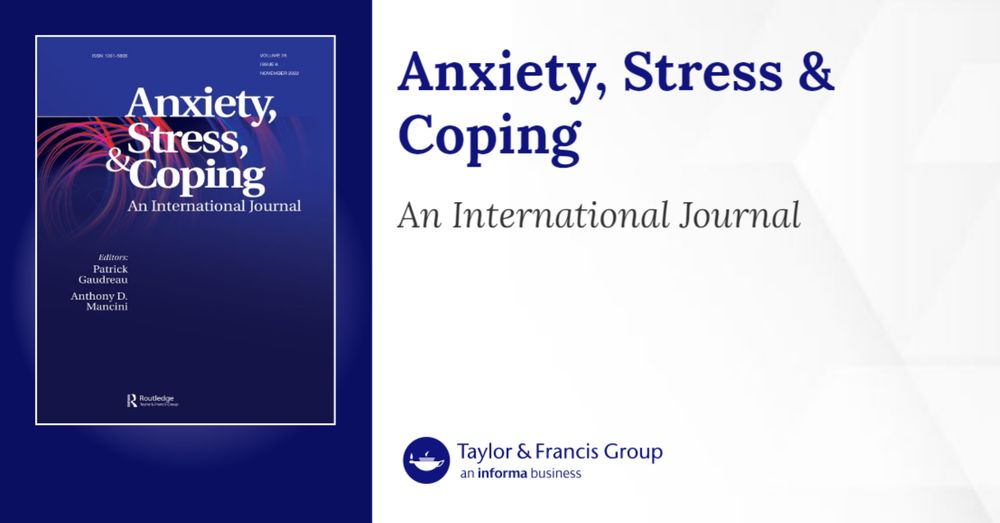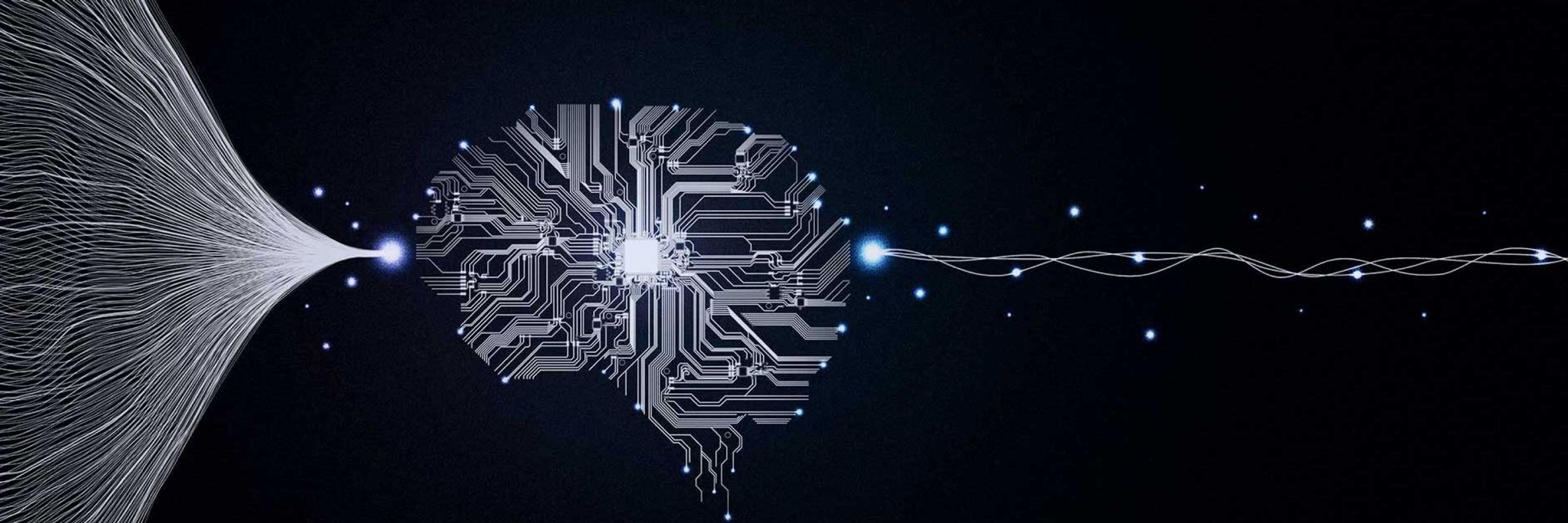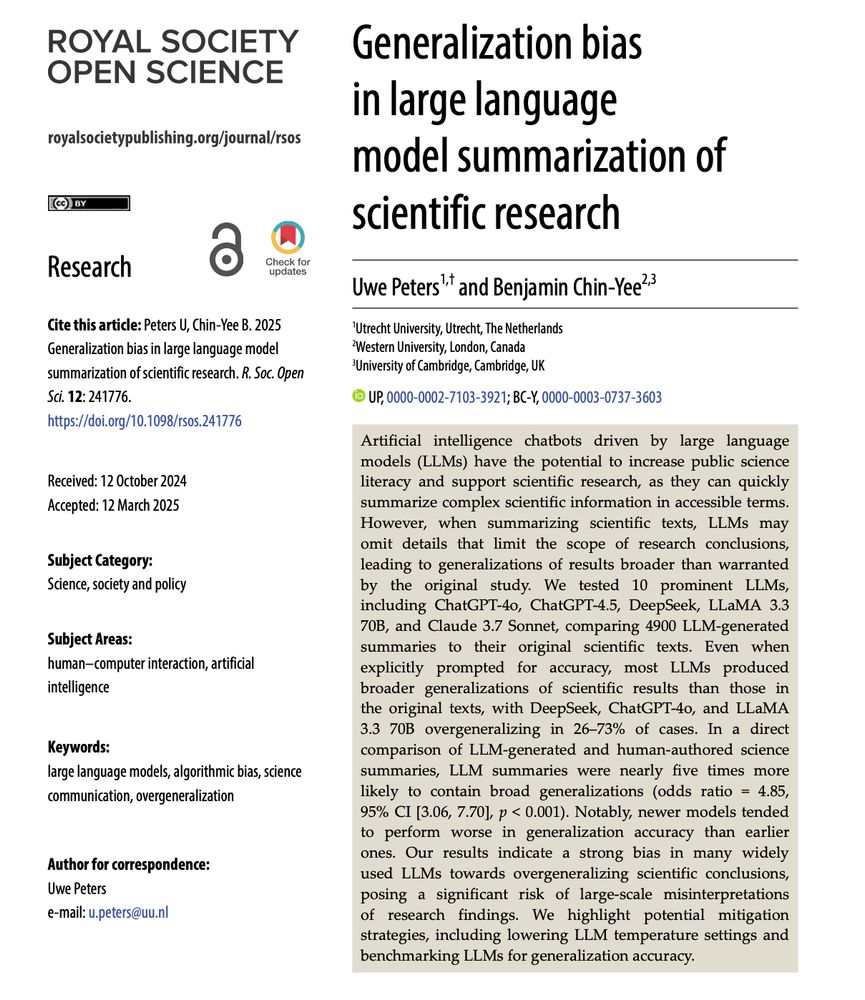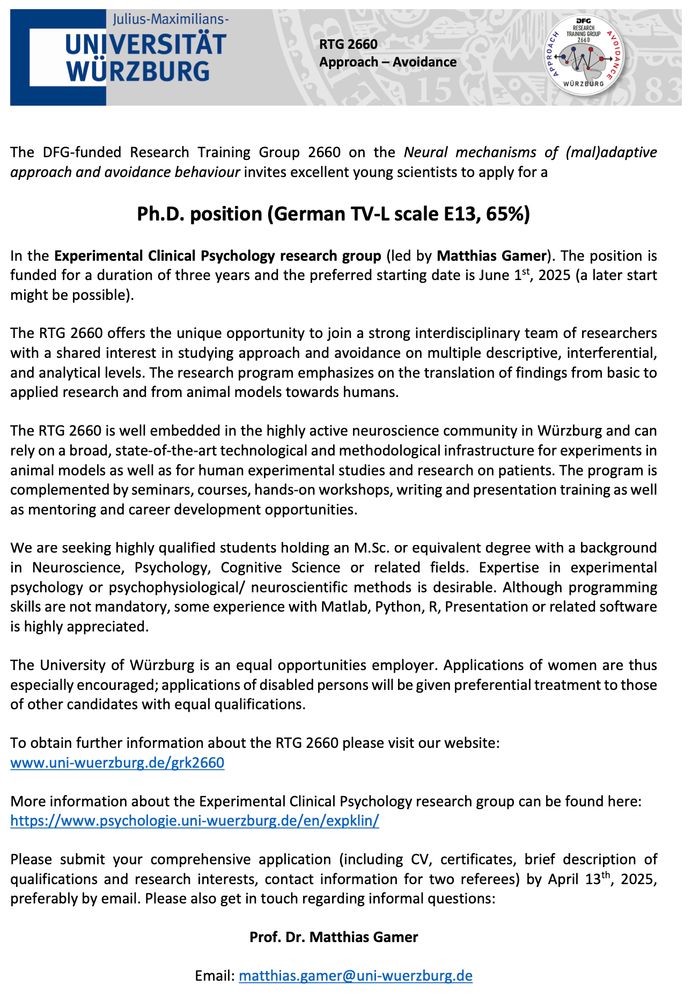Sabrina Gado
@sabrinagado.bsky.social
240 followers
180 following
27 posts
Postdoc in the Experimental Clinical Psychology Group at the University of Würzburg •
#AffectiveNeuroscience #SocialNeuroscience #OpenScience #VirtualReality • she/her
Posts
Media
Videos
Starter Packs
Reposted by Sabrina Gado
Sabrina Gado
@sabrinagado.bsky.social
· Jun 19
Reposted by Sabrina Gado
Leon Kroczek
@leonkroczek.bsky.social
· Jun 18
Sabrina Gado
@sabrinagado.bsky.social
· May 20
Reposted by Sabrina Gado
Sabrina Gado
@sabrinagado.bsky.social
· Apr 26
Sabrina Gado
@sabrinagado.bsky.social
· Apr 10
Reposted by Sabrina Gado
Sabrina Gado
@sabrinagado.bsky.social
· Feb 26
Sabrina Gado
@sabrinagado.bsky.social
· Feb 26
Reposted by Sabrina Gado
Michael Gaebler
@michaelgaebler.com
· Nov 25
Sabrina Gado
@sabrinagado.bsky.social
· Nov 6
Sabrina Gado
@sabrinagado.bsky.social
· Nov 6
Sabrina Gado
@sabrinagado.bsky.social
· Nov 6

The effect of social anxiety on social attention in naturalistic situations
This multimodal two-phase study investigated the impact of trait social anxiety on exploration, social attention, and autonomic responses in a naturalistic setting. We expected higher avoidance of ...
doi.org
Reposted by Sabrina Gado
Sabrina Gado
@sabrinagado.bsky.social
· Sep 28















